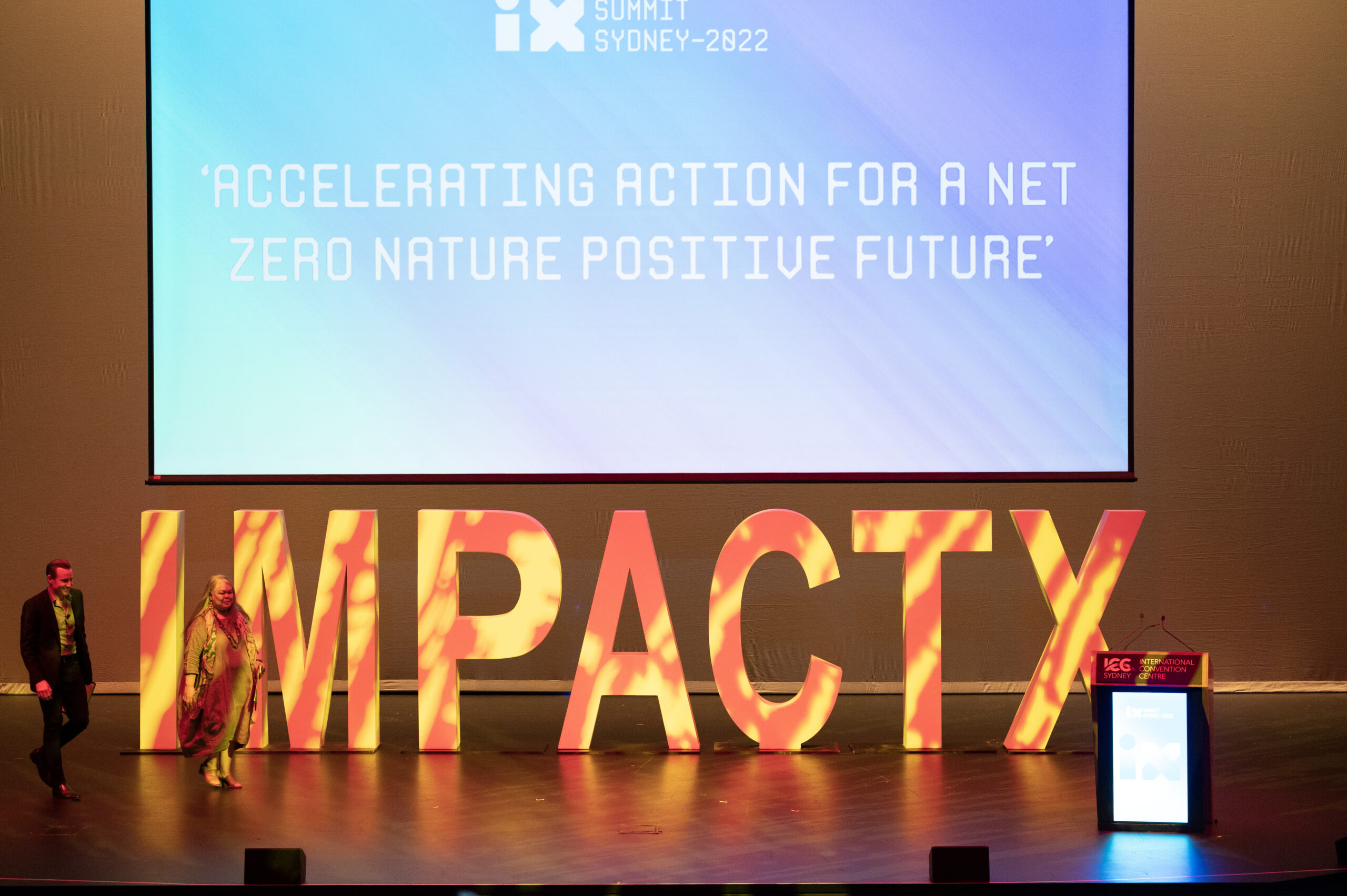Why climate tech is the linchpin to our net zero economy

Picture: Getty Images
Climate tech is arguably the linchpin to building an Australian and global net zero economy.
The International Energy Agency (IEA) knows it, as does McKinsey, PwC, and hundreds of leading global universities.
And while government policy is increasingly reflecting this fact, it must occur in tandem with an equivalent focus by industry and investors if we are to effectively bring climate technologies to scale, and win the race to decarbonise.
For instance, the Federal government’s EV and energy performance strategies, though nascent, provide a long-term framework for EV uptake and energy efficiency.
Yet for these policies to have real impact, industry, academia and investors must also come together to invest in and scale them, yesterday.
This will be critical across all manner of climate technologies.
What’s climate tech got to do with it?
Legacy technologies (combustion engines and power plants) and the fossil fuels needed to drive them (coal, oil, and gas) are the most significant contributors to climate change.
These technologies were critical to advancing human civilisation but, as is now widely understood and appreciated after the world has become completely dependent on them, they are causing a potential global extinction event.
And we know the antidote is for new technologies to render the fossil fuel-guzzling tech redundant.
For instance, without new clean energy innovation, we can never completely decarbonise the energy grid, or everything else for that matter. A huge part of the answer is electrifying everything.
Without scaling new technologies to mine for, manufacture, build and maintain our products, buildings and infrastructure, we can never completely decarbonise everything we live in and use.
Without scaling new technologies to transport our people and goods around our cities, countries and the world, we can not maintain our mobility and access to the things we love, while also achieving a net zero economy.
We must take this holistic, technology-forward approach to have any hope of achieving our net-zero emissions targets.
The dollars don’t lie
But don’t just take my word for it. Ask the capital markets.
Global climate-related private-market equity investments increased nearly three times from 2019 to reach $196 billion in 2022. Capital is being rapidly deployed and is expected to reach $9 trillion to $12 trillion in annual investment by 2030.
The world’s largest green bank, the Australian Federal Government-funded Clean Energy Finance Corporation (CEFC), recently received $20.5 billion in additional capital to help finance the climate transition and meet our 2050 net zero targets.
The recently spun-out CEFC Innovation Fund – managed by Australia’s biggest and most active climate tech VC fund Virescent Ventures – is now making substantial investments in the most cutting edge climate tech companies, here on home soil.
Bringing it all together
It is clear that a holistic approach is critical to success.
But this isn’t just limited to the types of technologies required to address this wicked problem. It also regards the various actors who will make it happen.
At the recent 2nd Australian Circular Economy Forum, hosted by Circular Australia and Impact X, we heard from dozens of experts from a wide range of fields and nationalities gathering to workshop a national circular economy framework by 2030.

Successfully implemented, this would drive innovation, avoid waste and pollution, keep materials in use for longer, make industries more efficient, help Australia build its manufacturing capacity, and create millions of new, green jobs.
Yet the goal was not to solely impact Australian policy, or even policy, full stop.
It was to mobilise organisations, businesses, government agencies, and local governments by bringing together both “national and global perspectives and providing pathways for people to apply the learnings… within their own organisations” according to Circular Australia CEO, Lisa McLean.
The upcoming Impact X Summit will take a similarly collaborative and holistic approach when it runs at the International Convention & Exhibition Centre (ICC) in November later this year.
Thousands of innovators, business leaders, policy makers, professionals, academics and investors will convene to discuss, collaborate and take action towards a net-zero and nature-positive future.
Co-founder and CEO Tony Gourlay points to these types of “coming together moments” as critical to creating “more momentum for Australian business and industry to accelerate net zero transformation and significantly catalyse all our major stakeholders in their own climate action goals”.
The value of the collaboration provided by these types of forums cannot be underestimated.
Because it’s not enough to develop these shiny new climate technologies in silos.
There must be unwavering advocacy, policy drivers and widespread business and consumer uptake for them to truly proliferate and replace the fossil fuel guzzling legacy technologies.
Jeremy Liddle is the executive director of climate, tech and finance PR agency Third Hemisphere
This article was developed in collaboration with Third Hemisphere, a Stockhead advertiser at the time of publishing.
This article does not constitute financial product advice. You should consider obtaining independent advice before making any financial decisions.
Virescent Ventures and Impact X were both clients of Third Hemisphere at the time of publishing.
UNLOCK INSIGHTS
Discover the untold stories of emerging ASX stocks.
Daily news and expert analysis, it's free to subscribe.
By proceeding, you confirm you understand that we handle personal information in accordance with our Privacy Policy.








